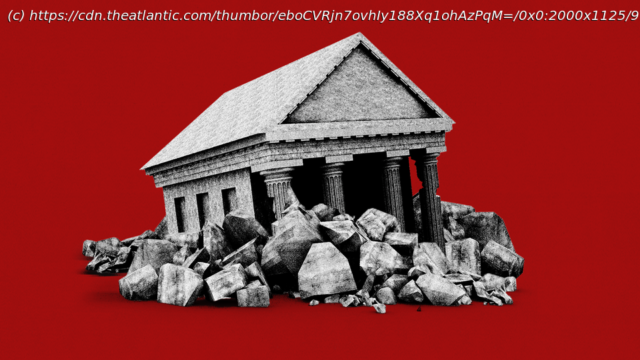The Fed, among others, is blameworthy. But the ultimate culprit is COVID-19.
When the Federal Reserve board last met, at the end of January, its main concern was whether it needed to continue hiking interest rates aggressively in order to bring down inflation. When it met yesterday, it had a whole new pile of concerns, including, most importantly, whether further interest-rate hikes would destabilize more banks and aggravate the mini banking crisis we’ve been living through since the failure of Silicon Valley Bank on March 10. Those concerns help explain why, even with inflation still high, the Fed chose to raise rates only a quarter of a point.
The fact that six weeks ago almost no one was talking about banks’ balance sheets, let alone bank runs, and today everyone is makes it seem as though this crisis came out of nowhere. But its true origins go back almost exactly three years, to spring 2020. The banking system’s current woes are in real sense a product of the pandemic.
After COVID-19 hit the U.S., bank deposits soared. The pandemic-relief measures—including stimulus payments, expanded unemployment insurance, and Paycheck Protection Program funds—put more money in people’s hands, even as consumer spending fell. At the same time, businesses cut back sharply on spending and investment. The result was a flood of money into the banking system. In 2020 alone, according to the Federal Deposit Insurance Corporation, bank deposits rose by 21.7 percent, the largest increase since the 1940s. The following year, deposits rose by another 10.7 percent. At the end of 2021, total bank deposits were an astonishing $4.4 trillion greater than they’d been just two years earlier.
You might think that would have been a good thing for banks, because it meant they had more money to play with. The problem was that they didn’t have anything useful to do with much of that money. Deposits, it’s important to remember, aren’t capital invested in a bank’s business; they’re loans from depositors.






